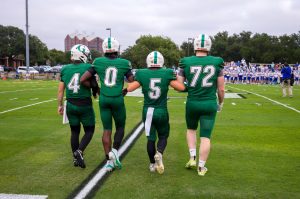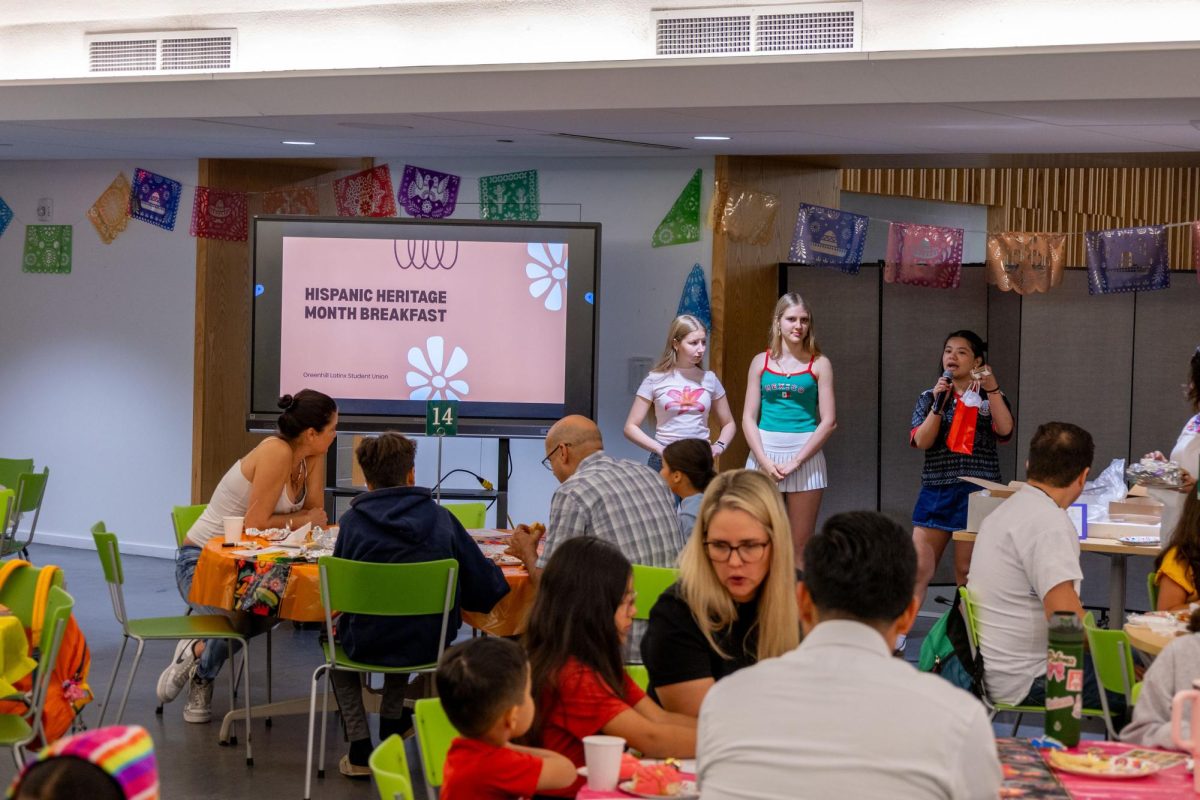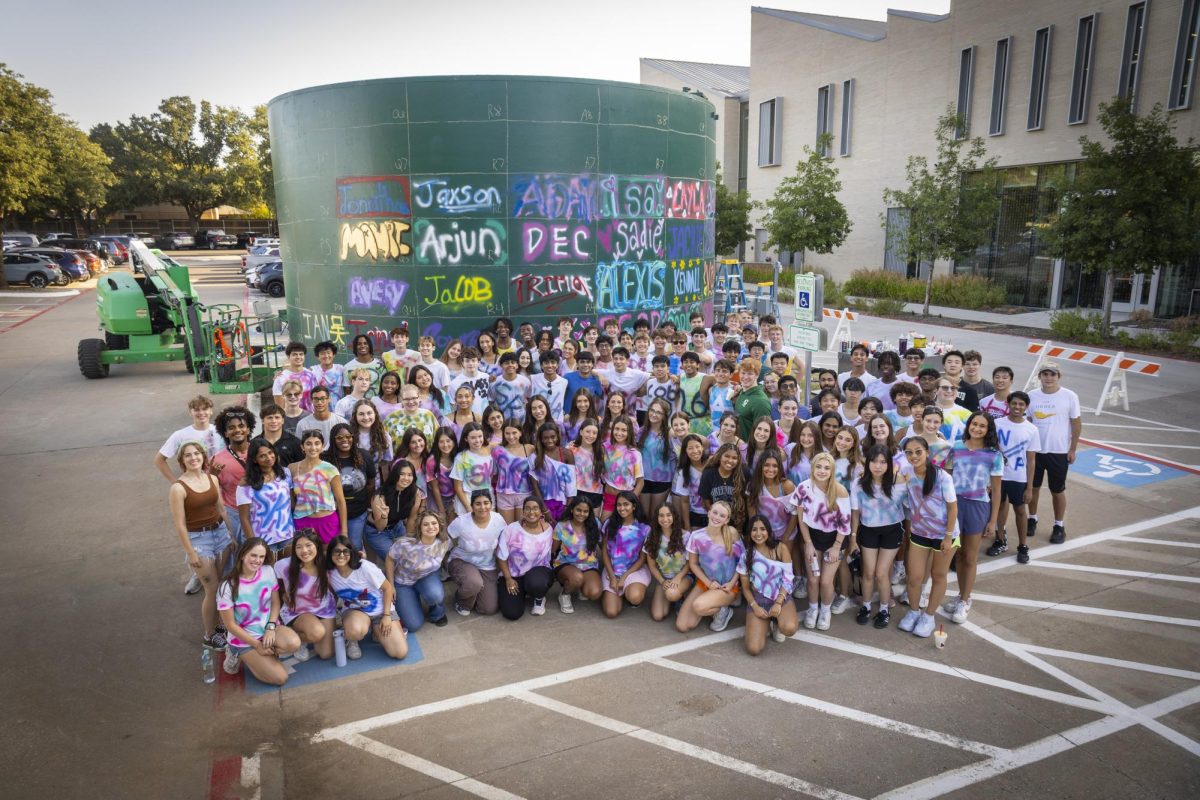The Weekly Buzz: 3D Art Adapts to Hybrid Learning
October 2, 2020
With the new hybrid model of learning, teachers of every subject have been faced with the challenge of navigating how to best structure their classes so that at-home and in-person learners can be equally engaged.
The Fine Arts teachers at Greenhill have been finding ways to conduct classes that help all their students embrace artistic expression both at home and on campus.
Middle School and Upper School 3D Art Teacher Paige Furr has altered her normal class structure to abide by the hybrid model through changing the materials that she asks her students to work with.
“I think that the hybrid model is the toughest over normal school and remote only school. I try to keep it simple yet still challenge the student to think creatively,” said Furr in an interview I conducted with her. “I remind the students that all I ask is that they try and I am very forgiving while I also ask them to be patient with me. I have a lot of classes and students to keep up with, patience and grace is needed to get through this situation.”
Normally, Furr’s students would create sculptures and art pieces using clay, however, recycling clay cannot be done class-wide because it poses a contamination issue and puts the students’ safety at risk. She has worked around this issue by implementing the use of papier-mâché in her classes instead.
Furr has also limited the size of all sculptures and ceramics to adhere with social distancing rules. The number of pottery wheels left out have been reduced to only a few, while the rest have been moved to storage.
The only classes of Furrs that are continuing the use of clay are her two ceramics classes, and the rest of her 3D art students will be experimenting with alternative materials such as papier-mâché to make their projects.
Middle School Ceramics students will be starting to use clay next week and are encouraged to pick up their own air dry clay either after school or on campus. Upper School Ceramics students that are staying remote will have the choice of getting their own clay or meeting Furr at the coffee shop by school to pick up some from her. Upper School hybrid students have been asked to ensure they have a selection of clay and tools at home and will bring in their artwork every other week to work on in an on-campus setting.
After the students are finished working on their projects, Mrs. Furr will take their creations to the kiln at school to fire them in preparation for glazing.
For her other 3D art classes, hybrid students will transport their tools and artwork back and forth every other week using sturdy bags that Furr bought them to ensure their work does not get damaged.
Furr is doing her best to give her students as much creative freedom possible, while still adhering to the Covid-19 protocol.
“Honestly, the hybrid model has been very challenging. The time it takes to do anything has doubled. My time for planning, emails, online training, grading, setting up classes, buying materials and all other non-student driven activities has vanished,” said Furr in an interview I conducted with her. “Things get lost or forgotten and I have been relying on lists that I keep and organize to remind me of what each class is doing, what I need to do and who needs what. Organization is key.”
The hybrid model certainly has it’s challenges, but it also leaves students with more room to focus on their creativity outside of the classroom.
“I would say that it been a positive experience working from home. I have been branching out more to make things that don’t require clay,” said junior Ella Dzialowski. “For example, two of my projects have been made from found-objects and another is made of papier-mâché. Because of the hybrid model, I just bring my work home for the weeks that I am learning online. We are also able to still to do our class critiques virtually.”











Ole Pah • Oct 8, 2020 at 4:54 pm
Nicely done. OP